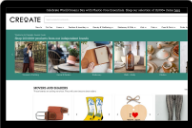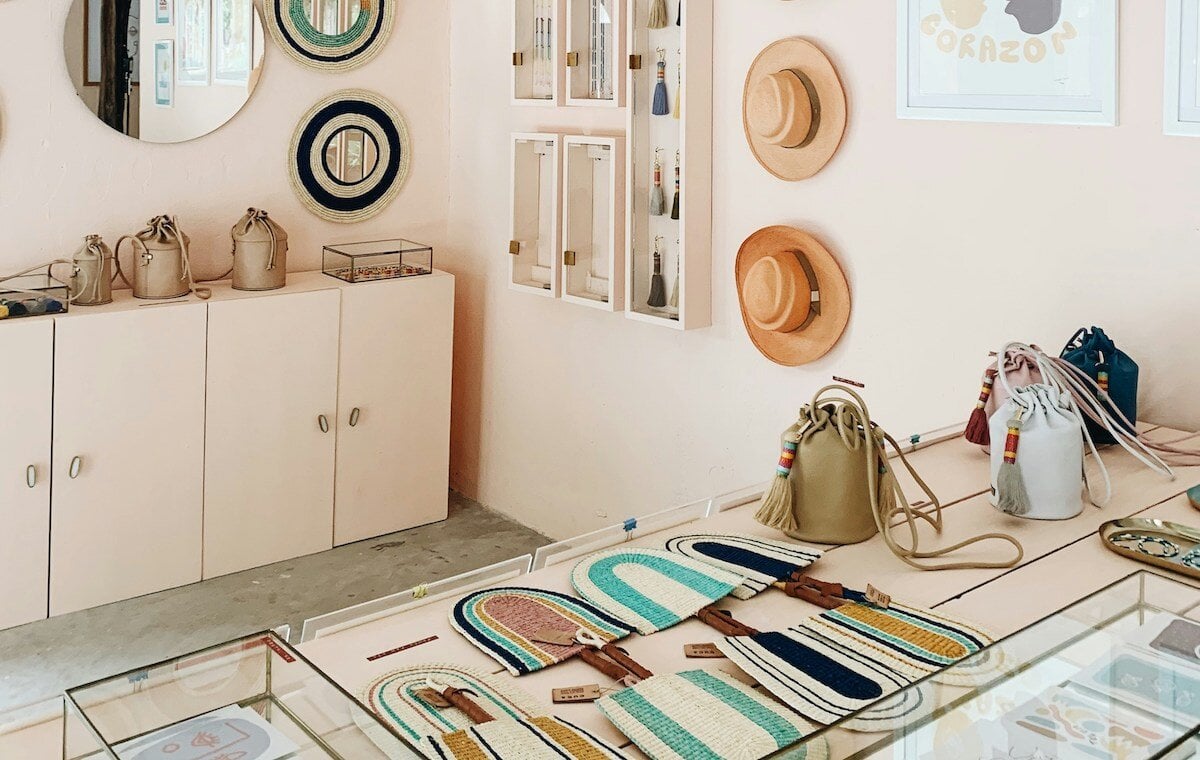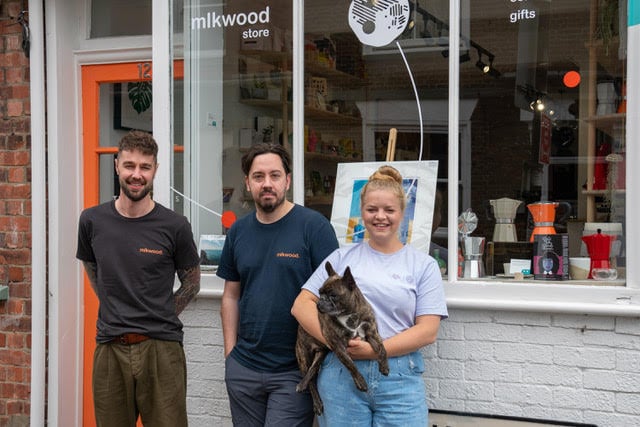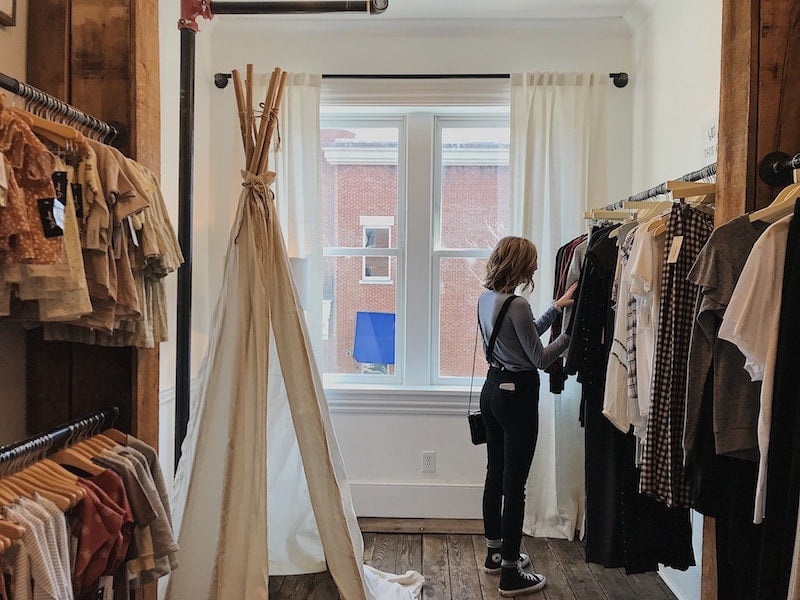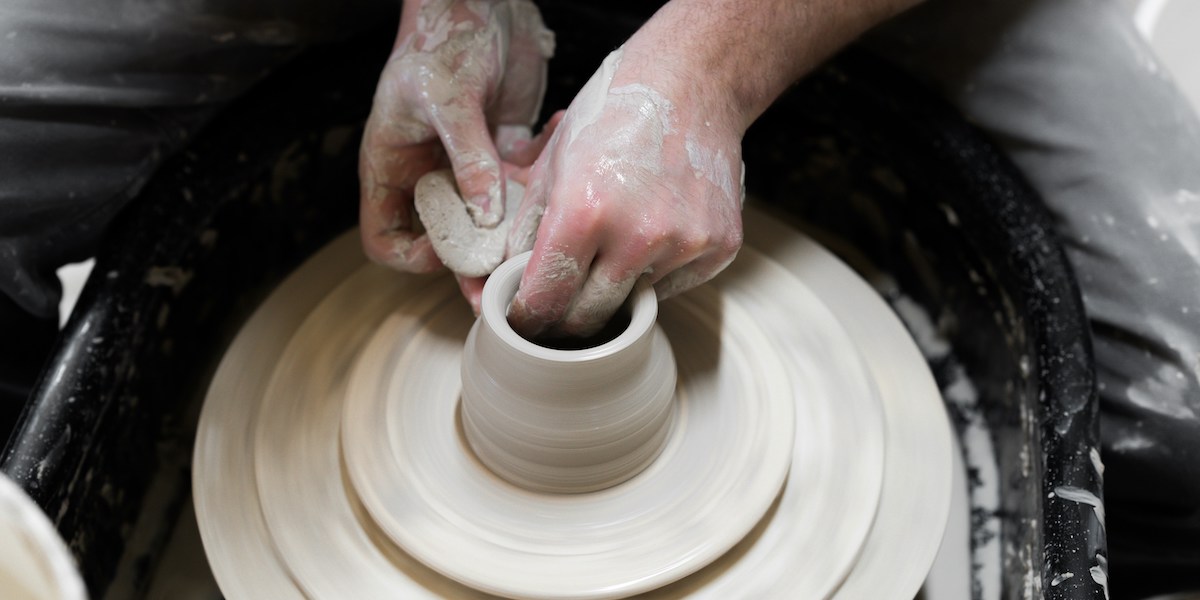
For many new shop owners, getting to curate your own assortment is the most exciting part of setting up a new shop.
But when it actually comes to sourcing products for your store, many soon realise it’s… a little harder than it seems.
You know which products you love.
But how do you make sure they feel cohesive as a collection? And how do you order and display the right amounts?
It’s a learning curve for sure. In this post, we'll dig into some suggestions to help this process.
👋 CREOATE is home to over 6,500 independent wholesale brands. Their minimum order values start from just £75, and you can send back anything that doesn’t sell in 60 days — perfect for first-time stock ups. We even have extended payment terms available to help ease your cash flow for that first big spend.
1. Write a vision statement
Creating a ‘vision statement’ for your store helps you stay on track when sourcing new stock.
After all, the aim here is curation — and adding some limitations is going to help your stock selection feel nice and cohesive.
Rather than limiting you, you’ll find this step opens up new ways of thinking about your stock.
Let’s look at some examples out in the wild.
BAM Store + Space is a gift shop in Bristol, UK. We don’t have their exact vision statement, but their Instagram bio describes their products as ‘Feel-good gifts, art, home, books + treats’. One look through the BAM doors shows they’re delivering on this feel-good vision; there’s colour and fun packed into every corner.
Meanwhile, Know & Love in London, UK, has a very different look — and an equally powerful governing vision. Know & Love showcases the best of independent artists and makers, the majority of which live within a small radius of the store. Essentially, owner Karen Sims wanted to showcase the brands she ‘knows and loves’ to the world.
A vision statement doesn’t need to be complicated. Just draft a couple of sentences about what you want your shop to be, and for whom. Better still, add a sentence or two about what it won’t be, and who it’s not for. Nobody needs to see this, after all — it’s just for you.
2. Pick an assortment strategy
Often, an assortment strategy is just assigning a formal name to something you’re probably already handling without realising.
But we still think having an awareness of assortment strategy is good at this early stage. Again, it’s all about keeping you focused on the core offering of your shop.
Do you want your store to have…
- A wide assortment, where it covers multiple different product types, but without going too deep into any one category (e.g. a corner shop).
- A deep assortment, where it has multiple types of one or a select few products (e.g. a bookshop).
- A localised assortment, where it carries items specifically designed to serve the people around it (e.g. a souvenir shop).
Or something in the middle?
📚 Bookmark for later: 5 Different Assortment Strategies (& How to Optimise Yours)
3. Strike a balance between push and pull products
Sarah Manning, a visual merchandising consultant, taught us all about push and pull products in her interview on the fundamentals of visual merchandising.
Essentially, push products are new or higher ticket items that you want to display in prominent positions within your store to help them catch attention.
Your pull products, meanwhile, are the essential items you’re known for, and that people visit your store to purchase. We recommend placing these towards the back of your store so customers have to walk past your push products first to reach them.
But when you’re building out your assortment for the first time, you won’t know which are push and pull products — but you can take a guess.
Greeting cards, for example, are a ‘need’ product that people are likely to pop in to buy. Having a selection of these kinds of products, provided they fit with your store vision, will help lock in footfall early on.
4. Buy enough products (and product lines)
Now here’s a conundrum for first-time shop owners: how many product lines do you need to buy, and how much of each one?
There’s obviously no one answer we can give here, as it’s so dependent on your space.
Too much stock and you risk things looking cramped, but too little and it might look half-shopped, or start to resemble a jumble sale.
The first time you stock up will be a learning experience — but that doesn’t mean you have to leave it all to chance.
Sketch out a planogram to help you map out what’s going to go where, and to work out how many distinct SKUs you’ll need.
And in terms of how much of each product you should buy?
Again, this isn’t an exact science! But it definitely makes sense to opt for a flexible option for sourcing stock while you’re still figuring out numbers.
5. Display complementary products together
When mapping out your store, it’s obviously also good to plan what’s going to work well next to what.
This can help guide your product sourcing, showing you what’s missing from your assortment, and what doesn’t quite fit alongside other products.
Again, there are a few different ways to do this. Do you want to keep products from the same brand together, or do you want to group products by category or theme?
The second option is more popular, but that doesn’t mean you can’t mix it up!
💡 Top tip: When you’re mapping out your retail store layout, remember that customers prefer to browse horizontally to find the type of product they’re looking for, and then vertically to find the specific product they want.

We love how Domestic Science, a homeware and lifestyle store in Nailsworth, UK, groups their products. They have a large store spread across two floors, and groups their products by ‘room’ in a house, complete with some homely props to help you visualise how these products would work in your own space.
Go forth, experiment, and learn
There’s a reason why some of the tips within this post might feel a little generic.
Ultimately, they’re useful frameworks and jumping off points for building a great assortment — but there’s no silver bullet.
The only way is to start with a clear vision, and adjust this over time according to what you learn. Choose to buy stock in flexible ways that allow you to ramp up bestsellers, and say goodbye to what’s not working, without too much cost involved.
The key to your dream assortment lies partly in the hard data you’ll collect (what’s flying off the shelves, and what’s languishing in the stockroom?), but also in the small interactions you’ll have every single day in your shop.
Don’t underestimate the power of these, and of your own intuition — keep taking chances on new products that get you excited, and that you think your customers will love.
👋 CREOATE is home to over 6,500 independent wholesale brands. Their minimum order values start from just £75, and you can send back anything that doesn’t sell in 60 days — perfect for first-time stock ups. We even have extended payment terms available to help ease your cash flow for that first big spend.


